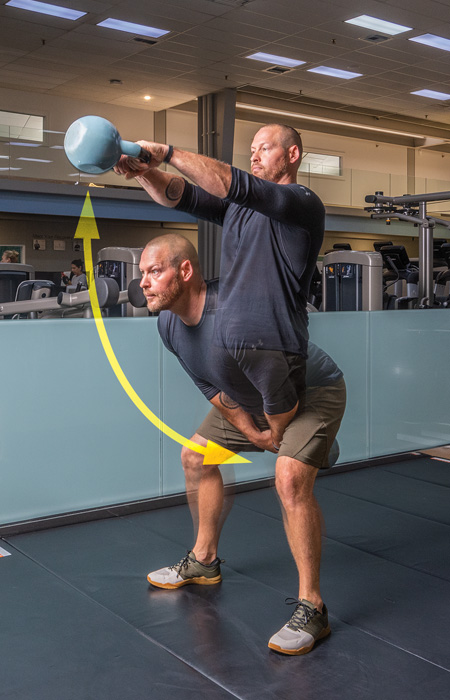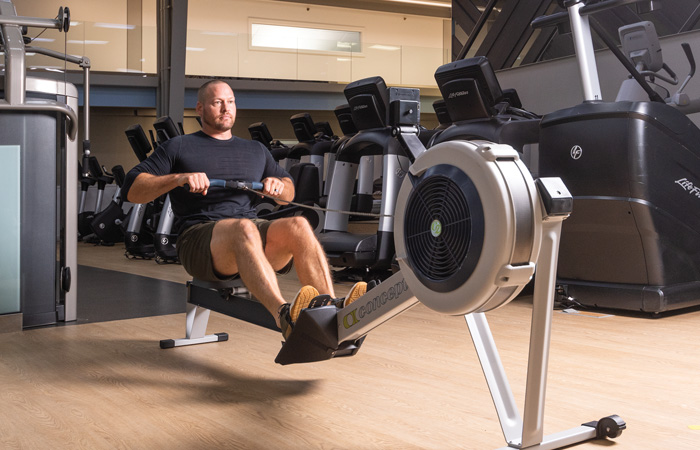In golf, up to 80 percent of injuries can come from overuse. If we layer on the demands that today’s technology puts on our posture, the neck can quickly become a limitation to your golf swing.
Anatomy
The neck is also known as the cervical spine. It is the top portion of our spine and is comprised of seven vertebral bones beginning at the base of the skull, continuing to the top of the shoulder blades. Normal cervical movement should include full range of rotation, side bending, flexion, extension, protraction and retraction.

There are a few key points that need to be addressed to prevent issues surrounding the neck to avoid limitations or pain during a golf swing.
- Full cervical range of motion
- Correct neck and back posture
- Strong neck muscles
How much neck motion is needed for the golf swing?
The majority of the neck movement needed during the golf swing is indirect. During the backswing, as our hips and spine move from bottom up until our shoulders and wrists have reached the top of the position, your eyes should be maintaining line of sight on the golf ball. Our body should be moving around a still and stable neck. This causes our cervical spine to be completing an indirect rotation in the opposite direction of our body. Therefore, the first priority is needing full rotation of our cervical spine. But here is the kicker: to achieve full rotation, our spinal posture must be in the correct alignment. The moment we slip into forward shoulders, our neck is protruding outward or our neck has extended, we lose the ability to complete full rotational range of motion.

Stand up Straight
I’m going to keep this one simple: ears over shoulders over hips. In today’s world, we spend a lot of time looking down at our phones or arched over a computer. These positions not only cause an unnecessary strain on our spine, but also cause our muscles to see an imbalance. Maintaining correct posture throughout your day to maintain good muscle strength and spinal posture will see a direct carryover to your golf stance. Even in a golf set-up position, there should be a direct alignment of ears, shoulders and hips.

Don’t Forget About the Small Muscles
I’m a huge proponent of strengthening and stabilizing our body by focusing on our small muscles that truly provide the stability we need around our joints and with our movements. The neck and cervical spine are no exception. Commonly, we see that the cervical muscles in the front of our neck become stretched out and weak, while those in the back become tight. This causes an imbalance that can lead to pain or limited mobility. Simply, an exercise called chin tucks is a key technique to strengthen our neck flexors in the front and elongate those tight muscles in the back.
To activate the correct muscles and create a fluid golf swing, our body needs to be utilizing full range from head to toe. Being intentional about your neck can not only eliminate the risk of neck pain, but it can also decrease compensation in other areas of your spine and show significant improvements in your golf swing.
Dr. Amanda Kayser is a Doctor of Physical Therapy and a Titleist Performance Institute certified practitioner. Dr. Kayser works with clients privately and at Four Seasons Golf and Sports Club in Las Colinas. You can contact Dr. Kayser at www.Kayserfitness.com.